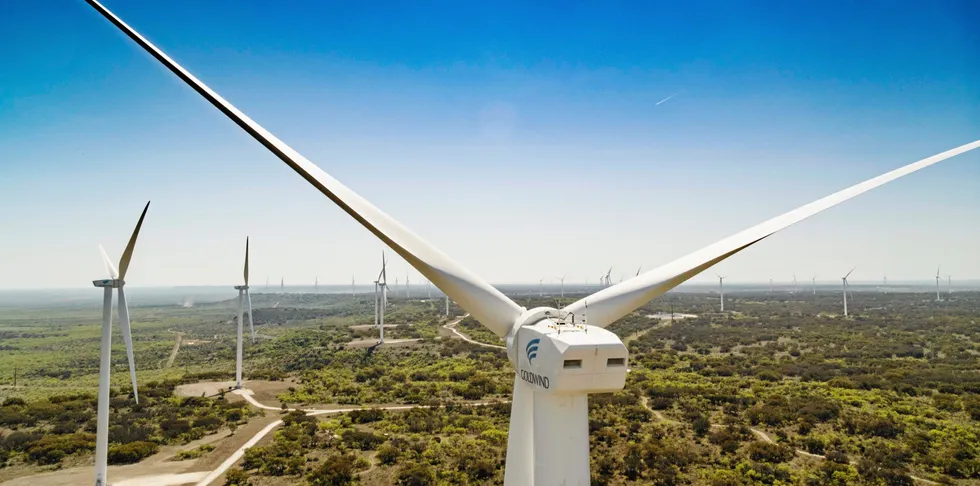'Chinese wind turbine makers in a better place than ever to start displacing Western OEMs'
Rising costs in Europe and the US are not being seen in China, meaning that locally made machines are now almost half the price of Western ones, writes Philip Totaro
